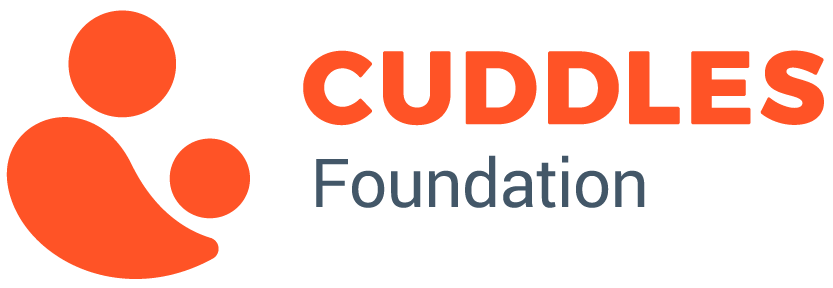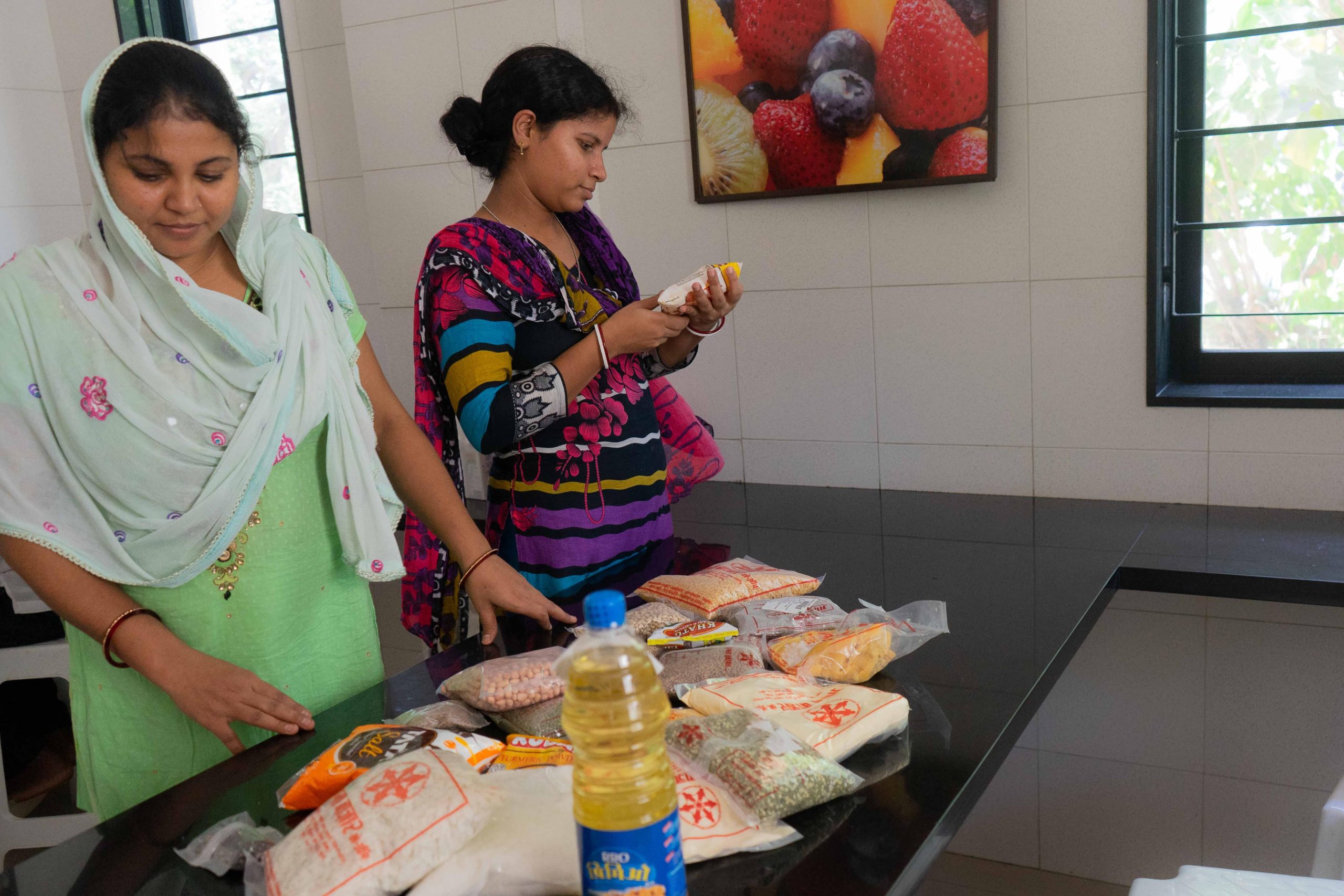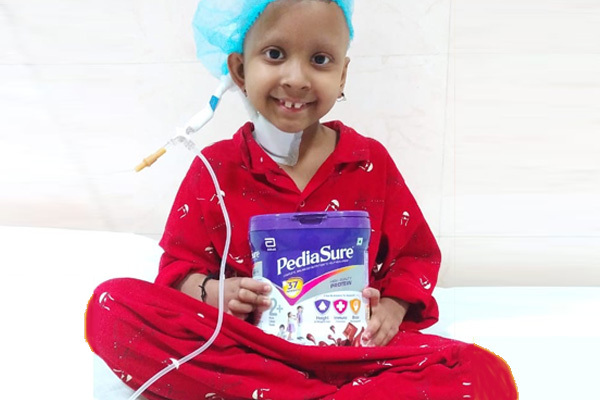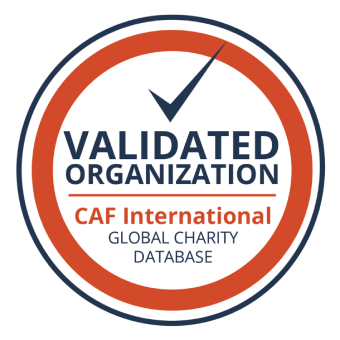Cancer. The word incites panic – and for parents to hear that their child has cancer can be traumatic. While it takes a few days to accept and realise this bitter truth, there’s an immediate rush for treatment-related preparation like organising finances, tests and scans.
The genesis of the Ration Basket program
In all of this, a very crucial component – nutrition, which is required for growth, tolerance of treatment, and for survival – is forgotten. Children and parents travel from big cities, small towns and villages across the country to renowned centres for treatment. Along the way, parents lose their jobs, mortgage their assets, and are burdened with treatment costs as well as providing for the rest of the family back home. They’re caught in a cycle of running from one door to the next in search of whatever financial support they can gather from trusts and institutions.
Through the initial intense phase of treatment, children become weak. And that is when it hits the parents that they lack food resources to nourish their child. This realization, and the inability to fulfill it, has led to increasing rates of treatment abandonment. It was at this point that the seeds of providing ration support were sown. After all, preaching good nutrition advice through counselling and diet plans could be better followed and practiced by providing the resources for it.
What goes into the basket
The Ration Basket is provided for patients who live below the poverty line, aren’t residents of the city in which they’re seeking treatment and are living in a sanatorium or institution with a cooking facility. The basket not only helped parents provide the nutrition their children required, but was also a way to develop the faith and hope that, with this additional support, they could help their child battle the disease more bravely and survive it.
The Ration Basket is designed to feed a family of three, and contains semi- and non-perishable, dry ingredients that can be used to make a variety of foods for a sick child and provide all-round nutrition. The food products are branded and consist of regional staple cereals, pulses, millets, nuts and oilseeds, ghee, oil, spices and condiments, salt, jaggery, and sugar. The basket also includes basic personal hygiene products.
Along with staple cereals and pulses, certain other cereals and pulses and millets that are nutritionally more beneficial for the child’s health are also included. For example, in the western zone, we include moth beans (matki), nachni satva and sorghum (jowar) flour, while for the north, we add Bengal gram (chana dal), soya bean, and rajma, sattu and masoor in the east and, for the south zone, urad dal and nachni satva. Adding these options has not only helped children try new foods, it has also enriched the mothers’ knowledge about available ingredients, their health benefits, and innovative ways to cook them.
Impact in reducing treatment drop-out rates
Over a period of six months, we noticed that treatment abandonment rates reduced, and better compliance was also observed. Parents began to educate themselves to provide the right, appropriate nutrition to their child.
The Ration Basket program has helped highlight the dynamic role nutrition plays in establishing more holistic treatment plans. A right and timely nutritional approach, clubbed with appropriate treatment, has increased the chances of survival, and has also improved the quality of life. As of 2018, the monthly ration program 7000 children and their families. We are hoping to expand its benefits to a larger number of children in-need and their families through sponsorships and barter partnerships with brands.
A Ration Basket costs Rs.2,200 per month, per child and family. To sponsor one, click here.
Author: Urvi Jhaveri, Head Nutritionist, Cuddles Foundation





